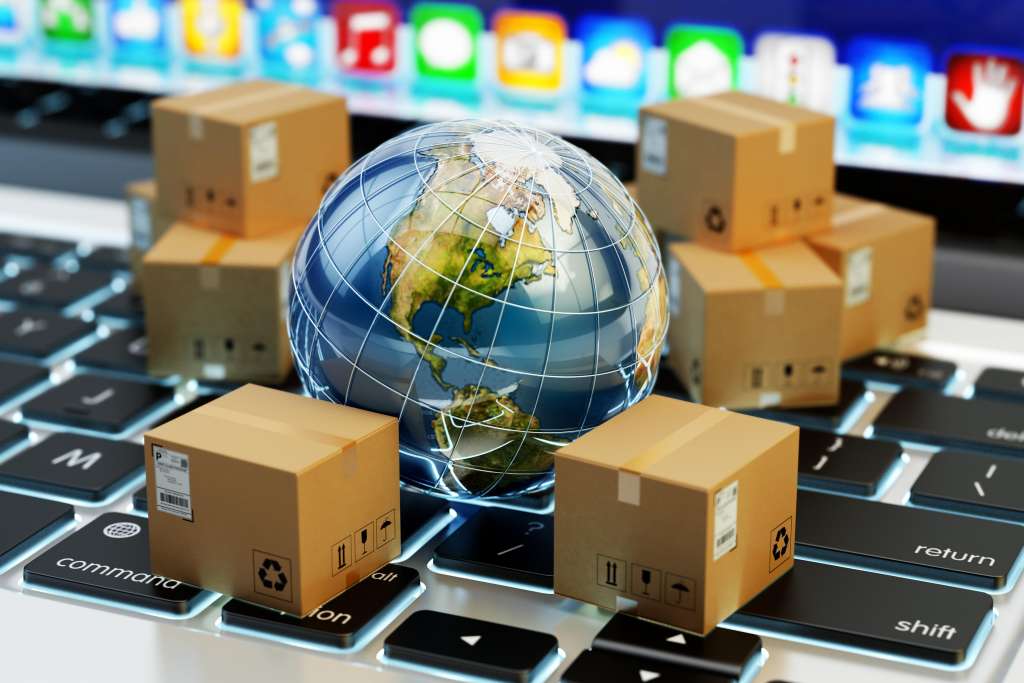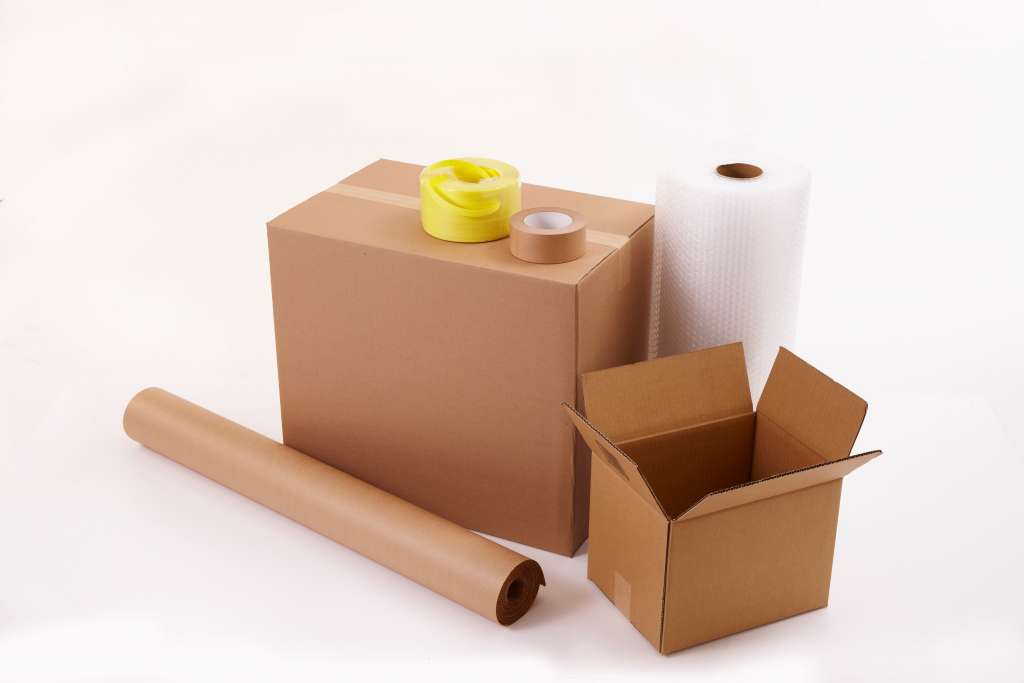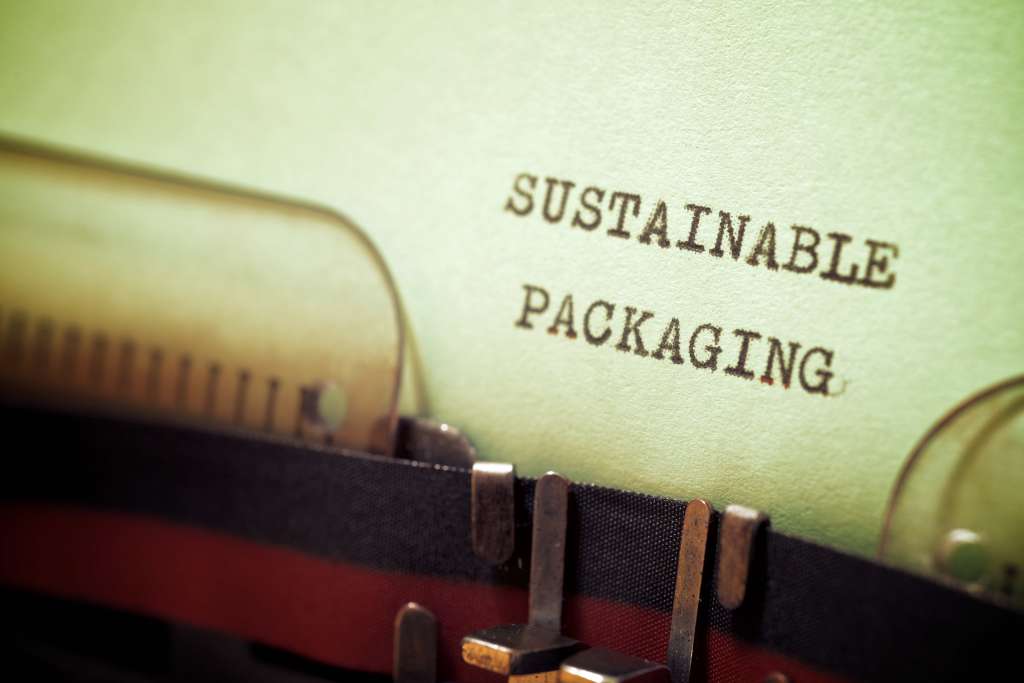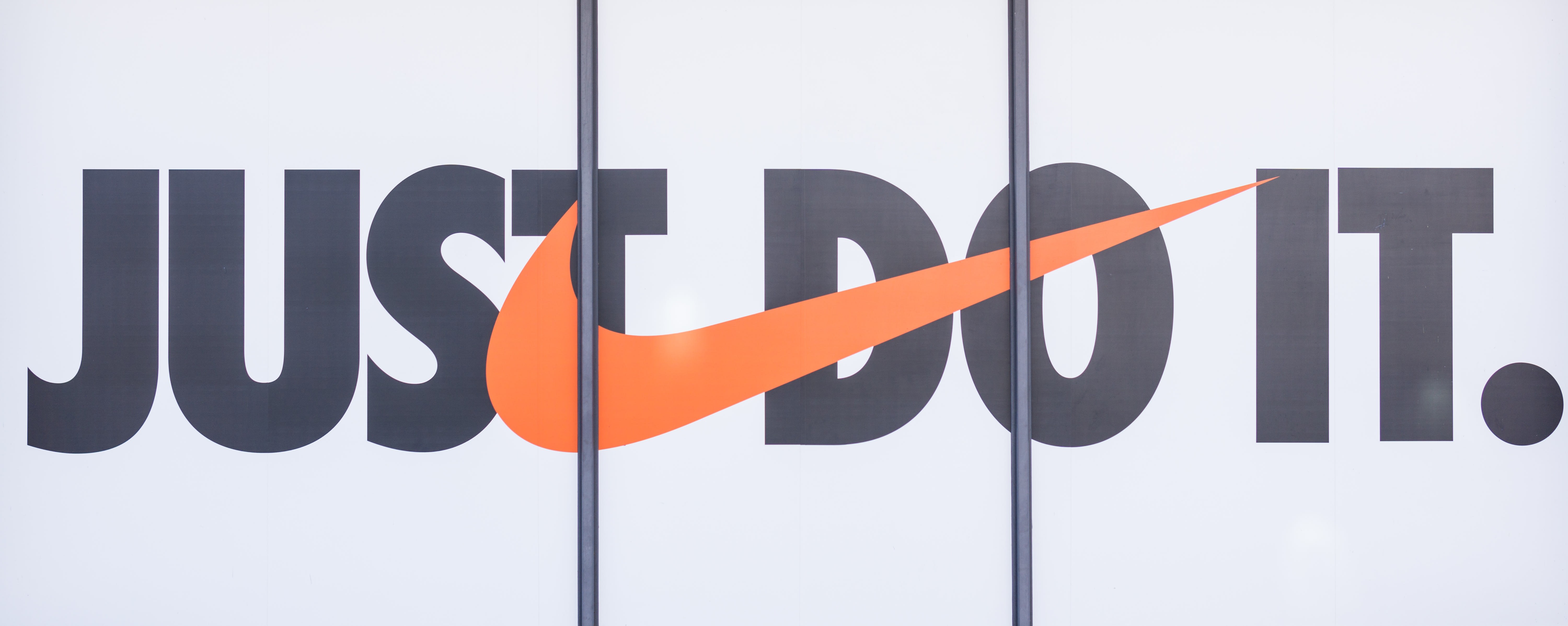9 Sustainable Packaging Strategies to Find the Right Balance



Summary: The move for sustainable packaging is not just limited to banning single-use plastics. Rather, organizations need to reimagine their entire supply chain. And this applies to all industries, including fashion.
Delivering Sustainability the Right Way
Getting doorstep deliveries from e-commerce platforms is now part of the modern customer experience. The most absurd part of this routine has to be how the smallest of items are delivered in very large packing boxes. This small observation tells us how disposable resources have become for businesses.
International bodies such as the United Nations, governments, media, and consumers have been engaging with organizations to take action for meeting the net zero carbon emission target by 2050. This conversation has nudged organizations to look at not just their products but also sustainable packaging to reduce their environmental impact.
The multibillion-dollar fashion industry contributes to massive waste generation each year. If fashion brands want to reduce their carbon footprint, the time to step up is now. To start their journey, brands can look at more sustainable packaging strategies. Let’s see how sustainable packaging can help change the narrative.
1. Benchmark your Sustainability Strategy

Resisting the temptation of a quick win and designing a robust sustainable packaging strategy is the first step for brands. Brands would do well by charting out their sustainability roadmap and developing a methodology to benchmark their packaging goals against the cost and margins involved. For example, cardboard is commonly laminated with a thin layer of plastic. A clear understanding of products that can be shipped in cardboard boxes without lamination could help.
2. Recycle as Much as Possible
Recycling involves not only using waste materials such as used corrugated cartons but also reprocessing plastics to make new packaging material. Most of the plastic waste generated is either burnt or dumped in landfills. Only about 16 percent of plastic waste is processed. Recycled plastics from bottles or single-use plastics can be shaped as containers or mailer boxes. Used paper can also be converted into paperboard to make shipping boxes.
3. Use New Packaging Technologies

Progress in material sciences and engineering has offered interesting options for packaging. Compostable and plant-based packaging has piqued the interest of fashion brands looking for sustainable options. Compostable packaging is made of a material that can be composted at home or commercially. Plant-based polymers are the most common materials used. Plant-based products such as cornstarch, mushroom, and sugarcane waste are being used in creative ways as affordable alternatives to plastic packaging.
4. Use Reusable Packaging
Consumers tend to appreciate reusable packaging. The home textile brand Maison Tess does not use compostable material for packaging. But they do make shopping bags that their customers love to reuse. H&M also uses packaging that can be reused as a hanger.
5. Send a Clear Message to Consumers
Delivering the product in green packaging is only half the task done. Brands need to keep their customers in the sustainability loop. For instance, a clear message that the packaging is compostable and instructions for its disposal could drive home a brand’s commitment to the intelligent use of resources. In fact, advertising sustainability initiatives could give a competitive edge to brands and help improve customer loyalty.
6. Redesign Your Packaging

At times, giving a second thought to the design of packaging materials can help reduce the overuse of packing materials. Using stronger but thinner layers of packing materials that are a perfect fit for the product is a great alternative to using boxes and cardboard to cushion products. Asos, an e-commerce giant, reduced the size of its mailer bags. With this, the brand reduced its plastic consumption by as much as 583 tons.
7. Do Your Research
The use of a sustainable material without adequate research can cause more harm than good. For instance, the sourcing of plant-based packing materials may involve the exploitation of forest resources. If materials are first tested in smaller batches, it could save precious resources. Brands must look for packaging that is environmentally safe throughout its lifecycle and sourced, made, and moved using clean technology.
8. Budget for Sustainable Packaging

While there are compelling reasons to opt for green packaging solutions, brands may hold back because of the higher costs involved. Thus, budgeting for sustainable packaging ahead of time would make more sense for brands. What’s more, the sustainable packaging industry is also producing more affordable alternatives to boost wider use.
9. Take Vendors and Manufacturers in the Loop
A business does not work in isolation. If vendors or suppliers are not complying with sustainable practices, your brand’s green initiatives will remain unaccomplished. Addressing waste and recycling issues can stretch any medium- and small-sized organization beyond its capabilities. Close collaboration with various stakeholders (e.g., manufacturers, vendors, and logistics partners, is necessary to implement a successful sustainability plan).
The Greener the Better
The adoption of sustainable packaging could be a blessing in disguise for brands. This move not only boosts brand image but it can also be a cost-saver in the long run. While opting for greener solutions may seem cost-intensive in today’s world, it is a critical element in building a brand that stands the test of time.
Key Takeaways:

- For sustainable solutions, fashion brands need to reimagine each process in their supply chain.
- With newer sustainable packaging solutions, fashion brands can now introduce sustainability in their operations with greater ease.
If you are looking for suppliers with a verifiable track record in creating innovative end-to-end sustainable solutions, visit Fashinza today. Through our digital platform, we connect brands looking for ethical manufacturing solutions with a select group of vetted suppliers.
To find effective supply chain and manufacturing solutions for your fashion brand, talk to us today!



















